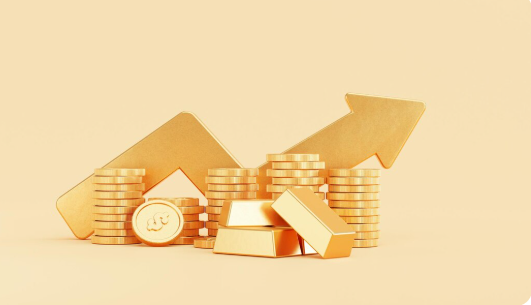
Copper Mining Stocks, Copper Shares To Buy: Top Picks for 2025 Investment Opportunities
Copper mining stocks have become a key focus for investors seeking exposure to the essential metal driving global industries. With copper prices reaching record highs in 2025, largely due to growing demand from energy transition and infrastructure projects, these shares present varied opportunities. Investors can find value in established producers offering stability as well as exploration companies with higher growth potential.
Among the top options, Canadian copper stocks stand out for their reliability and market presence. Companies like Lundin Mining provide diversified production, while firms such as Ero Copper deliver high-grade, cost-effective operations. This diversity allows investors to align their portfolios with specific risk and reward preferences.
Understanding the market conditions and company profiles helps identify which copper shares to buy for long-term growth or steady income. The sector’s performance is closely tied to economic trends, making careful selection essential to capitalize on the bright prospects copper offers.
Top Copper Mining Stocks
Copper mining stocks vary widely in performance, growth potential, and market presence. Some companies offer steady dividends and stable output, while others focus on exploration or operate on a larger global scale. Investors can choose from established producers, emerging players, or high-growth shares depending on their risk tolerance and investment goals.
Best Performing Copper Shares to Buy
The best-performing copper shares in 2025 have shown strong gains driven by stable copper demand and operational efficiency. Leading Canadian stocks like Lundin Mining stand out for their diversified production and consistent returns. Ero Copper is noted for high-grade, low-cost mines, which contribute to margin stability even with fluctuating commodity prices.
These companies balance growth with risk management, offering investors a reliable way to gain exposure to the copper market. They also tend to have solid financial footing, making them suitable for both income-focused investors and those seeking capital appreciation.
Emerging Copper Mining Companies
Emerging copper companies represent higher risk but also potential for significant upside. Faraday Copper, for instance, has drawn attention as an exploration-focused firm with promising projects in early-stage development. These companies often trade at lower valuations and attract investors looking for long-term growth stories.
While these stocks may face operational or regulatory challenges, their exploration success could lead to substantial value creation. Emerging players are usually more volatile but can outperform during strong commodity cycles or when new discoveries advance toward production.
Major Global Copper Producers
Major global producers dominate the copper mining landscape with extensive operations on multiple continents. Companies like Freeport-McMoRan and BHP Group operate large, diversified mining portfolios producing millions of tons of copper annually. Their scale provides resilience against price swings and enables ongoing investment in new mining technology.
These producers benefit from established supply chains and reputations for regulatory compliance and environmental management. They tend to appeal to investors seeking stable, long-term exposure to copper with less volatility compared to smaller firms.
Key Factors When Investing in Copper Shares
Investors should closely examine market conditions, company financial health, and sustainability practices before buying copper shares. These aspects influence both short-term price movements and long-term value creation in the copper mining sector.
Market Trends and Copper Prices
Copper prices fluctuate based on global demand, industrial use, and economic trends. Growth in renewable energy and electric vehicles continuously raises copper demand, impacting price levels.
Price volatility remains a key risk due to geopolitical tensions, trade policies, and potential recessions. Supply constraints from mining disruptions or regulatory changes can sharply affect prices.
Understanding the futures market and physical supply-demand balance helps investors anticipate price shifts. Monitoring these trends is crucial for timing entry or exit points in copper shares.
Financial Performance and Dividends
Financial stability varies widely across copper mining companies. Investors should assess revenue growth, cost management, and debt levels to determine resilience against market swings.
Profitability metrics like EBITDA and free cash flow provide insight into operational efficiency. Companies with strong cash flow are better positioned to sustain dividends during downturns.
Dividend yield and history are important as consistent payments can offer income alongside potential capital gains. However, high dividends should be weighed against the firm’s growth prospects.
ESG Considerations in Copper Mining
Environmental, Social, and Governance factors increasingly impact copper companies’ risk profiles and valuations. Regulatory compliance and environmental liabilities can lead to unexpected costs.
Companies with robust ESG policies often avoid operational disruptions related to environmental damage or social conflicts. Improved governance reduces risks of scandals or legal issues.
Investors should review sustainability reports and third-party ESG ratings. Prioritizing firms committed to minimizing environmental impact and supporting local communities enhances long-term investment security.

